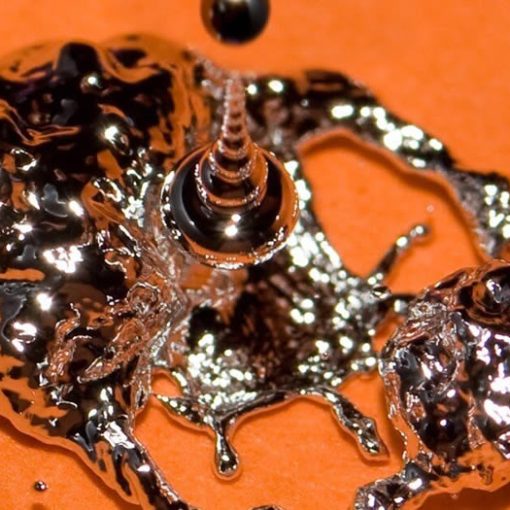DESCRIPTION
Liquid emulsifier based on vegetable oils for the production of basic bitumen emulsions (anionic) with a rapid and medium breaking speed. Used for the production of bituminous emulsions for the construction and maintenance of road paving.
APPLICATION
POLYEM AN-15 is suitable to produce basic bitumen (anionic) emulsions with a rapid and medium breaking rate for the following applications:
• Emulsions for road paving, designed to carry out surface treatments without grit;
• Emulsions for road paving, designed to carry out surface treatments using grit;
DIRECTIONS OF USE
POLYEM AN-15 is dissolved in water at a temperature of 40 ° C and subsequently saponified with caustic soda until reaching a pH of 12.
POLYEM AN-15 can be used for the production of emulsions both modified with water phase elastomers (lactic), and with the use of modified bitumen with polymers (PMB). POLYEM AN-15 can work with all types of aggregates, bitumen and different weather conditions.
DOSAGE
The POLYEM AN-15 dosage varies according to the type of application and the stability of the bitumen emulsion to be obtained. Percentages varying from 0.2% to 1.0% on the weight of the final emulsion are used.
FORMULATION
Quick break bituminous emulsion for road paving
| Bitumen 70/100 | : 55% w/w |
| POLYEM AN-15 | : 0,2-0,4% w/w |
| NaOH (Sodium hydroxide) | : 0,1% w/w (pH soapy solution = 12) |
| Water | : q.b. 100% w/w |
Medium Break Bitumen Emulsion for Road Paving
| Bitume 70/100 | :60% w/w |
| POLYEM AN-15 | : 0,5-1,0% w/w |
| NaOH (Sodium hydroxide) | : 0,2% w/w (pH soapy solution = 12) |
| Water | : q.b. 100% w/w |
STORAGE
POLYEM CA-30 can be stored for 24 months in original and closed packaging, at a temperature between 5 ° C and 30 ° C.
SAFETY
For more information on classification, protection measures and measures in case of fire, please refer to the product safety data sheet, available on request.
WARNINGS
Advice on how to use correspond to the current state of our knowledge and do not involve the assumption of any guarantee and / or responsibility on the final result of the work. Therefore, they do not exempt the customer from the responsibility of verifying the suitability of the products for use and the intended purposes through preventive tests.



